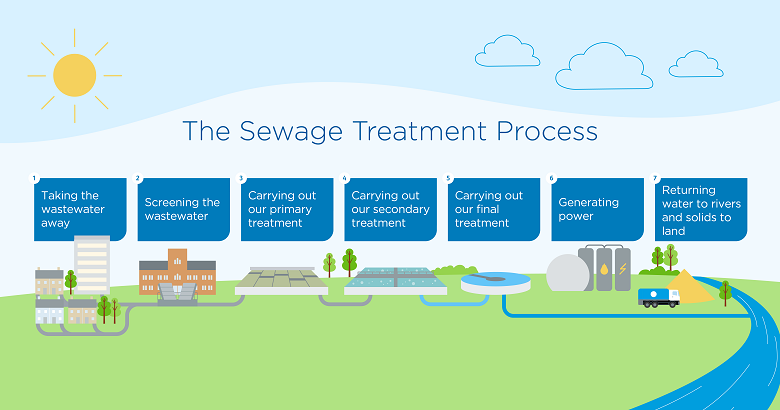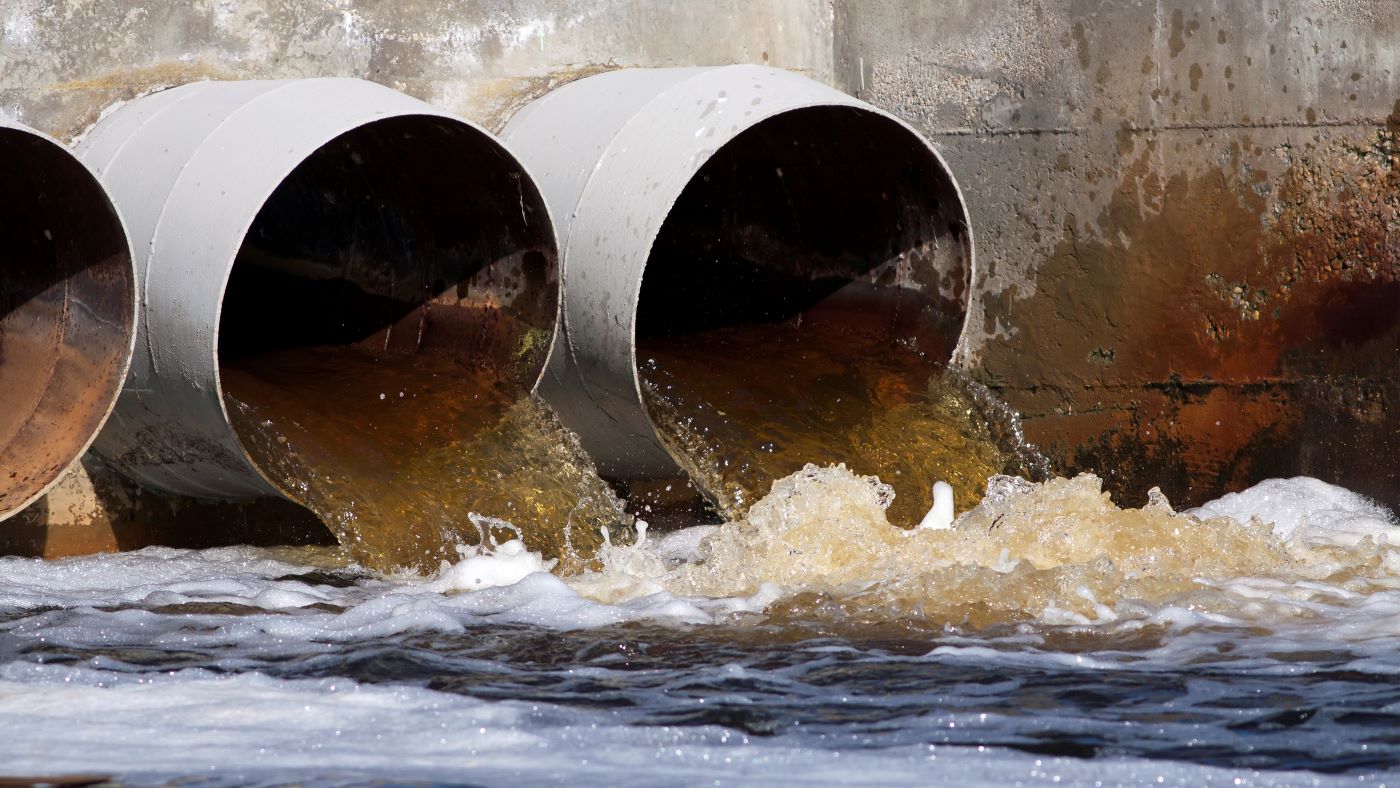Strategic Approaches to Enhance Drainage Treatment Efficiency and Decrease Environmental Effect
In the realm of drainage therapy, the mission for improved performance and reduced environmental effect is a perpetual obstacle that demands tactical options. As culture faces the necessary to take care of water sources sustainably, a nuanced approach ends up being important. The assimilation of advanced therapy technologies, energy-efficient procedures, source healing techniques, improved nutrient removal methods, and smart tracking and control systems represents a diverse structure for addressing these pressing problems. What exists at the core of this facility internet of techniques is the potential to revolutionize the means we come close to waste water treatment, not simply as a procedure of disposal, however as an important opportunity for technology and ecological stewardship.
Advanced Treatment Technologies
Advanced membrane filtering systems have actually reinvented innovative wastewater therapy procedures, significantly enhancing the removal of contaminants. This technology has shown to be extremely effective in eliminating a large variety of pollutants, including pharmaceuticals, heavy steels, and natural substances, which are usually testing to remove via typical therapy methods.
Furthermore, membrane filtering systems provide many advantages over conventional treatment methods. They need much less room, produce higher-quality effluent, and are a lot more immune to changes in influent water quality. In addition, these systems are very functional and can be quickly integrated right into existing therapy plants or utilized as standalone units for decentralized applications. As the need for clean water remains to climb, the fostering of advanced membrane layer filtering innovations is important to ensure lasting and efficient wastewater treatment practices.
Energy-Efficient Processes
The assimilation of energy-efficient processes in wastewater therapy systems is important for maximizing source utilization and lowering operational prices. By applying energy-efficient innovations, treatment plants can significantly decrease their carbon footprint and overall ecological influence. One essential method to improving power efficiency in wastewater therapy is the application of advanced aeration systems, such as fine bubble diffusers or surface area aerators, which can improve oxygen transfer effectiveness and lower energy consumption. Furthermore, including energy recovery systems, like anaerobic digestion for biogas manufacturing or making use of excess heat for thermal processes, can assist counter power demands and advertise sustainability.
Moreover, optimizing procedure control and automation via making use of sophisticated sensing units and keeping track of systems can improve general power efficiency by changing procedures in real-time based on actual need and conditions. Carrying out energy audits and frequently monitoring power efficiency indicators are vital practices to determine locations for renovation and track energy-saving efforts successfully. In general, the fostering of energy-efficient processes in wastewater therapy not only benefits the atmosphere however additionally adds to long-lasting price savings and functional sustainability.
Source Recuperation Techniques
With an emphasis on maximizing source use and sustainability in wastewater therapy systems, the execution of resource recuperation strategies emerges as a crucial element in improving functional efficiency. Resource recuperation techniques in wastewater therapy involve the recognition and removal of beneficial sources from the waste stream, therefore transforming what was as soon as considered waste right into a beneficial possession. By implementing source healing techniques such as nutrient elimination and recovery, power generation from organic issue, and the manufacturing of recyclable water, wastewater treatment plants can reduce environmental effect while making best use of effectiveness.

Enhanced Nutrient Removal Strategies
Implementing advanced nutrient elimination methods is necessary for maximizing the efficiency of wastewater therapy systems. Improved nutrient removal plays an important duty in lessening the environmental impact of cured effluent discharged into water bodies. Among the key methods used for boosted nutrient elimination is the process of biological nutrient elimination (BNR), which includes the removal of nitrogen and phosphorus via biological procedures. This can be accomplished through using specialized bacteria that can transform nitrogen substances into inert nitrogen gas via denitrification, and build up phosphorus within their cells via a procedure called enhanced biological phosphorus elimination (EBPR)

In addition to BNR, progressed therapy approaches such as membrane layer bioreactors (MBRs) and created wetlands can also be utilized to improve nutrient removal effectiveness. By including these advanced nutrient elimination strategies into wastewater treatment towns, sectors and systems can effectively decrease nutrient published here air pollution and safeguard the environment.
Smart Surveillance and Control Solution
Using innovative modern technology, the combination of clever surveillance and control systems reinvents the functional effectiveness of wastewater therapy facilities. These systems include sophisticated sensors and data analytics to continually check key parameters such as pH levels, turbidity, dissolved oxygen, and flow prices in real-time. By collecting and examining this information, operators can obtain important understandings into the efficiency of the treatment processes, making it possible for positive adjustments to maximize therapy performance.
Smart surveillance and control systems additionally sustain remote tracking capacities, enabling drivers to accessibility real-time information and control features from off-site locations. This remote accessibility enhances functional adaptability and responsiveness, allowing swift treatments in case of system malfunctions or changes in influent high quality. The anticipating maintenance capabilities of these systems assist prevent devices failings and decrease downtime, ultimately enhancing the total integrity of wastewater treatment operations.
Final Thought
To conclude, calculated approaches such as innovative therapy innovations, energy-efficient processes, source recovery methods, enhanced nutrient removal strategies, and wise monitoring and control systems play a vital function in improving wastewater treatment effectiveness and lessening environmental effect. By applying these techniques, wastewater treatment plants can improve their general performance, reduce energy consumption, recover beneficial resources, and make sure conformity with environmental policies. These techniques are crucial for sustainable and efficient wastewater monitoring techniques.

In verdict, tactical strategies such as sophisticated therapy innovations, energy-efficient procedures, resource healing techniques, enhanced nutrient removal methods, and clever monitoring and control systems play a crucial function in boosting wastewater therapy efficiency and lessening ecological impact.